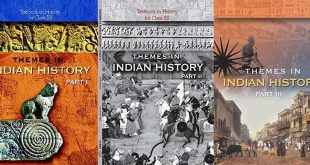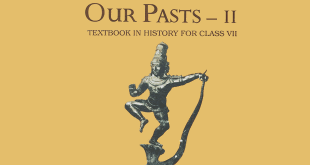Question: Why did the wool and silk producers in England protest against the import of Indian textiles in the early eighteenth century?
Answer: Textile industry had just begun to develop in England in the early 18th century. The wool and silk producers in England found themselves unable to compete with Indian textiles. They wanted to secure market within the country by preventing the entry of Indian textiles. Therefore, they protested against its import.
Question: How did the development of cotton industries in Britain affect textile producers in India?
Answer: The development of cotton industries in Britain badly affected textile producers in India:
- Indian textiles now had to compete with British textiles in the European and American markets.
- Exporting textiles to England became increasingly difficult since very high duties were imposed on Indian textiles imported into Britain,
- Thousands of weavers in India became unemployed. Bengal weavers were the worst hit.
- By the 1830s British cotton cloth flooded Indian markets. This affected not only specialist weavers but also spinners.
Question: Why did the Indian iron smelting industry decline in the nineteenth century?
Answer: There were several reasons:
- The new forest laws of the colonial government prevented people from entering the reserved forests. Now it became difficult for the iron smelters to find wood for charcoal. Getting iron ore was also a big problem. Hence, many gave up their craft and looked for other jobs.
- In some areas the government did grant access to the forest. But the iron smelters had to pay a very high tax to the forest department for every furnace they used. This reduced their income.
- By the late 19th century iron and steel was being imported from Britain. Ironsmiths in India began using the imported iron to manufacture utensils and implements. This inevitably lowered the demand for iron produced by local smelters.
All these reasons caused the decline of the Indian iron smelting industry.
Question: What problems did the Indian textile industry face in the early years of its development?
Answer: In the early years of its development the Indian textile industry faced several problems:
- It found it difficult to compete with the cheap textiles imported from Britain.
- In most countries, governments supported industrialization by imposing heavy duties on imports. This eliminated competition and protected newly born industries. But the colonial government in India refused such protection to local industries.
However, during the First World War when textile imports from Britain declined Indian factories were called upon to produce cloth for military supplies. This boosted up cotton factory production in India.
Question: What helped TISCO expand steel production durinq the First World War?
Answer: Before the First World War India imported British steel for rails. When in 1914 the war broke out, steel produced in Britain now had to meet the demands of war in Europe. So, imports ‘of British steel into India declined and the Indian Railways turned to TISCO for supply of rails. As the war dragged on for several years, TISCO had to produce shells and carriage wheels for the war. By 1919 the colonial government was buying 90% of the steel manufactured by TISCO. Over time TISCO became the biggest steel industry within the British empire.
 Class Notes NCERT Solutions for CBSE Students
Class Notes NCERT Solutions for CBSE Students





Very useful!